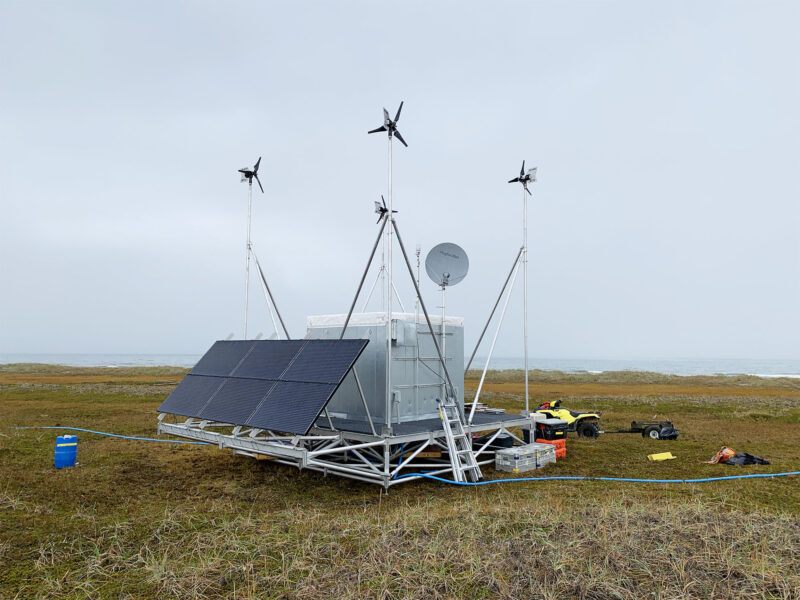PRESS RELEASE
CONTACT: Alice Bailey, Director of Outreach, Alaska Ocean Observing System, 907-328-8383, bailey@aoos.org
Critical equipment monitoring Alaska’s changing ocean will soon be replaced and enhanced with funds from the recently passed Bipartisan Infrastructure Law. The National Oceanic and Atmospheric Administration awarded $1.3 million in year one funds to the Alaska Ocean Observing System. The funding is part of $20.5 million distributed nationally for the coordinated management of coastal and ocean resources.
AOOS will use the funds to enhance current ocean observing programs, data sharing, and regional ocean partnerships. The information gathered from these projects will help keep Alaskans up to date on rapidly changing ocean conditions and enhance coastal resilience.
“This funding allows AOOS to upgrade critical equipment that has been operating in harsh Alaska waters for over 10 years, as well as continue to expand our partnerships around the state for ocean observing and information sharing. Our annual appropriations budget has been stable for years, which is great, but it has been flat, so this new funding allows us to invest in so much more,” said AOOS Executive Director Sheyna Wisdom.
Part of the funds will be used to expand AOOS’ communications and engagement with coastal communities. This includes $19,000 for travel for two observers from the Arctic Research Consortium of the United States Sea Ice for Walrus Outlook program to participate in the annual Alaska Marine Science Symposium; $25,000 to support the Skipper Science Partnership program; and two funded internships for graduating high school students in the Alaska Native Science and Engineering Summer Bridge Program.
The UAF Alaska Arctic Observatory and Knowledge Hub will receive about $75,000 to continue to collect and share information about trails that Utqiaġvik hunters build to traverse coastal ice. The UAF International Arctic Research Center will receive $30,000 to conduct local outreach about research results in Alaska’s coastal regions and develop a synthesized product desired by the communities in the Bering Strait region.
About $473,000 will upgrade real-time and long-term ocean monitoring equipment at the UAF College of Fisheries and Ocean Sciences, including autonomous underwater gliders that collect data throughout Alaska’s oceans, high-frequency radar systems that measure surface currents, and moorings that monitor the ocean ecosystem year-round. The NOAA Fisheries Marine Mammal Laboratory will receive $85,000 to upgrade passive acoustic monitoring equipment in the Gulf of Alaska and Arctic Ocean.
The national Integrated Ocean Observing System program office has included $363,000 for Axiom Data Science to continue to operate the U.S. Animal Telemetry Network.
AOOS will use $20,000 for a new data product specifically designed for use by community members and $44,000 to support an existing community program. Requests for proposals for these efforts will be forthcoming.
“AOOS’ mission is to improve the state’s ability to collect, deliver, and use ocean information. This is especially critical as the ocean ecosystem and the myriad resources Alaskans depend upon face rapid and unexpected change. We are excited to look for continued and new partnerships to make ocean information accessible and useful with this funding,” said Wisdom.
ADDITIONAL CONTACT: Sheyna Wisdom, Executive Director, Alaska Ocean Observing System, wisdom@aoos.org

A newly constructed remote power module powers high-frequency radar surface current mappers in the Bering Strait region, providing key data for ocean circulation forecasts and oil spill response. Photo by Rachel Potter.
